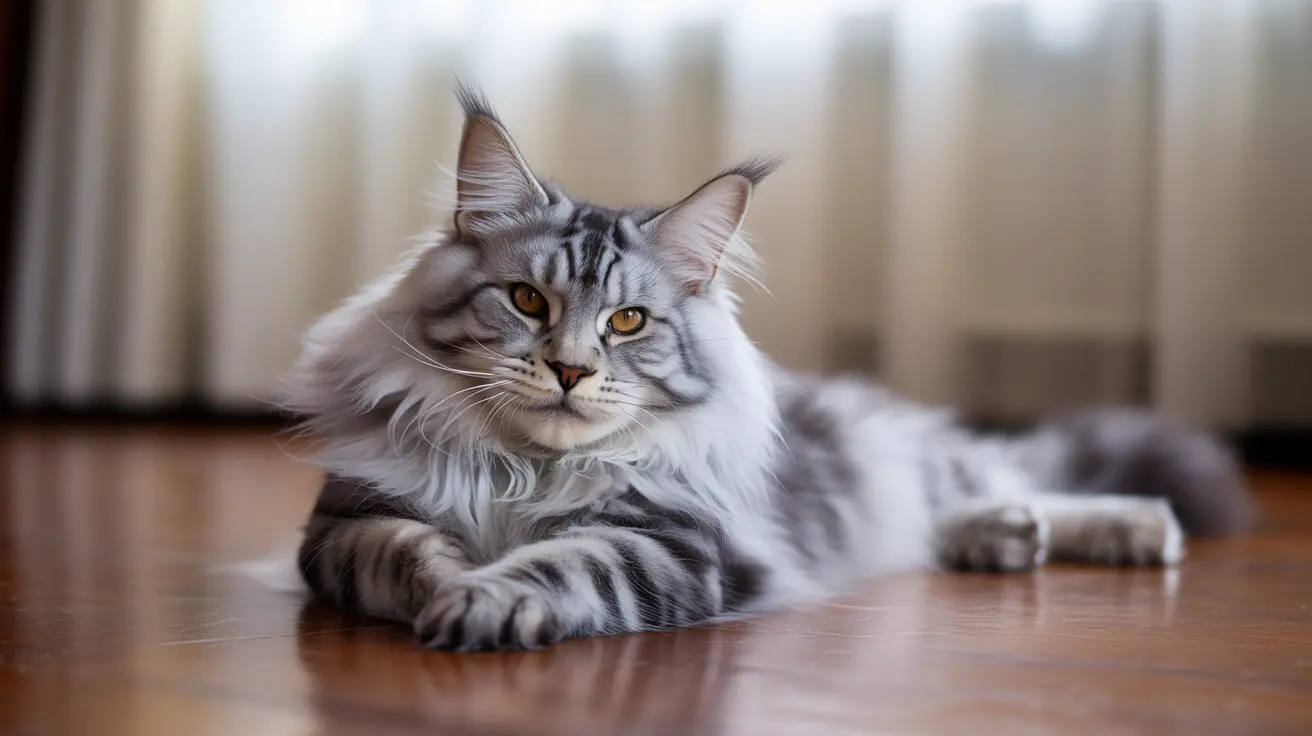Introduction
If you've ever wondered about essential oils and their safety around cats, you're not alone. As these aromatic compounds gain popularity in home wellness routines, understanding their potential impact on our feline friends becomes increasingly important. The relationship between essential oils and cats is complex, primarily because cats lack specific enzymes needed to process these concentrated plant extracts safely.
This comprehensive guide will explore why essential oils require special consideration around cats, which oils pose the greatest risks, and how to maintain a safe environment for your feline companion while still enjoying the benefits of aromatherapy in your home.
Understanding Cat Sensitivity to Essential Oils
Cats are uniquely vulnerable to essential oil toxicity due to their specialized metabolism. Unlike humans and many other animals, cats lack certain liver enzymes crucial for breaking down various compounds found in essential oils. This deficiency makes even small exposures potentially dangerous.
Additionally, cats can be exposed to essential oils through multiple routes: direct skin contact, accidental ingestion during grooming, or inhalation of diffused oils. Their sensitive respiratory systems and grooming habits increase their risk of exposure, even when oils aren't directly applied to them.
High-Risk Essential Oils for Cats
Several common essential oils pose significant risks to cats. These include:
- Tea tree (melaleuca)
- Peppermint
- Citrus oils (lemon, orange)
- Eucalyptus
- Pine
- Cinnamon
- Wintergreen
- Clove
- Pennyroyal
These oils should never be used around cats, whether in diffusers, topical applications, or household products. Even diluted versions can cause serious health issues.
Signs of Essential Oil Poisoning in Cats
Recognizing the symptoms of essential oil toxicity is crucial for cat owners. Watch for:
- Drooling or excessive salivation
- Vomiting or retching
- Difficulty breathing or coughing
- Weakness or lethargy
- Tremors or muscle twitching
- Difficulty walking or uncoordinated movement
- Pawing at the face or mouth
If you notice any of these symptoms, immediately move your cat to fresh air and contact your veterinarian.
Safe Alternatives and Best Practices
While many essential oils are dangerous for cats, you can still maintain a pet-safe home environment by:
- Using cat-safe alternatives for aromatherapy, such as pet-specific products
- Ensuring proper ventilation in rooms where diffusers are used
- Keeping all essential oil products securely stored away from cats
- Consulting with your veterinarian about pet-safe options for anxiety, flea control, and other concerns
Emergency Response Protocol
If you suspect your cat has been exposed to essential oils:
- Remove your cat from the area immediately
- Open windows to provide fresh air
- Don't induce vomiting unless instructed by a professional
- Contact your veterinarian or pet poison control center
- Have the essential oil container ready for reference
Frequently Asked Questions
Which essential oils are safe to use around cats and how should they be applied?
While no essential oils are completely safe for cats, some pet owners use highly diluted cedarwood or chamomile in well-ventilated areas. However, veterinarians generally recommend avoiding all essential oil use around cats due to the risks involved.
Why are essential oils toxic to cats and what symptoms indicate poisoning?
Essential oils are toxic to cats because felines lack certain liver enzymes needed to metabolize these compounds. Symptoms include drooling, vomiting, respiratory distress, weakness, and neurological signs like tremors or uncoordinated movement.
Can diffusing essential oils in my home harm my cat even without direct contact?
Yes, diffused oils can harm cats through inhalation and settling on their fur, which they may later ingest while grooming. Always ensure cats have access to oil-free areas and proper ventilation.
What essential oils should cat owners avoid completely to prevent toxicity?
Cat owners should completely avoid tea tree, peppermint, citrus oils, eucalyptus, pine, cinnamon, wintergreen, clove, and pennyroyal oils, among others. These oils are known to be highly toxic to cats.
How can I safely manage flea control and anxiety in cats without using harmful essential oils?
Use veterinarian-approved flea treatments and discuss anxiety management options with your vet. Environmental enrichment, behavior modification, and prescription medications when needed are safer alternatives to essential oils.
Conclusion
When it comes to essential oils and cats, it's better to err on the side of caution. While these popular aromatherapy products offer many benefits for humans, they can pose serious risks to our feline companions. Focus on creating a safe environment for your cat by choosing pet-friendly alternatives and always consulting with your veterinarian before introducing any new products into your home.






